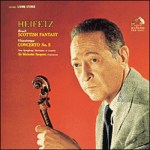 Hot Stamper Pressings Featuring the Violin
Hot Stamper Pressings Featuring the Violin
What to Listen For – Side to Side Differences
This listing is at least ten years old, perhaps even fifteen.
WHITE HOT Stamper sound for the Bruch side of this original RCA Shaded Dog, one of the best Heifetz concerto titles of all time. (I’m trying to think of a Heifetz title that sounds better and coming up blank.)
[UPDATE: As of 2023 we know of a couple so stay tuned.]
This was our shootout winner on side two, beating all comers, earning our highest grade, the full Three Pluses (our blue ribbon, gold medal, and best in show all wrapped into one). The sound is nothing short of DEMO DISC QUALITY.
If you want to demonstrate the magic of Living Stereo recordings, jump right to the second movement of the Bruch. The sonority of the massed strings is to die for. When Heifetz enters, the immediacy of his violin further adds to the transcendental quality of the experience. Sonically and musically it doesn’t get much better than this, on Living Stereo or anywhere else.
The violin is captured beautifully on side two. More importantly there is a lovely lyricism in Heifetz’s playing which suits Bruch’s Romantic work perfectly. I know of no better performance.
The performance of the Vieuxtemps Concerto No. 5 is also wonderful, but the sound is not. Want proof that two sides of the same record can have vastly different sound? Here it is. Note how oversized the violin on side one is, how smeary the orchestra, how little texture there is to anything in the soundfield. This side one is no Hot Stamper.
And yet somehow side two won our shootout with the best sound we have ever heard for the Bruch. Go figure.
Side Two – Bruch / Scottish Fantasy
A+++, White Hot Stamper sound!
Pay special attention to the richness of the lower strings, a sonic quality that is not nearly as pronounced on side one as it is here on side two. The violin is also more present on this side. There’s lots of space around it, and the orchestra manages to stay uncongested in the loud sections for the most part (some congestion is heard on even the best Living Stereo records).
[Not so much anymore — we’ve made a lot of audio progress in the last 15 years!]
The energy, transparency and overall sweetness of the sound could not be beat! It’s the clear winner.
Having played more than a dozen Shaded Dogs of this album over the years, we would note that the sound on this side two is a bit dry, as is almost always the case.
[I don’t think we agree with the sound being dry anymore, but it could be slightly dry I suppose, just not enough to call attention to the fact. To see records that definitely can be dry, click here.]
The Bruch brings to mind some of Tchaikovsky’s works. It’s so sweet and melodic, it completely draws you into its world of sound. This is a work of unsurpassed beauty, music that belongs in any serious music collection.
Side One – Vieuxtemps / Concerto No. 5
A or so. Lovely Romantic music that’s much better than I remember it from our last shootout.
Classical Music
I’ve commented often over the years of the benefits to be gained from listening to classical music regularly. Once a week is a good rule of thumb I would say. I love rock and roll, jazz and all the rest of it, but there is something about classical music that restores a certain balance in your musical life that can’t be accomplished by other means. It grounds your listening experience to something perhaps less immediately gratifying but deeper and more enriching over time. Once you become habituated to listening regularly to these great works of art, the effect on one’s mood is easy to recognize.
Of course it should be pointed out that the average classical record is a sonic disaster. There are many excellent pressings of rock and jazz, but when it comes to classical music, being so much more difficult to record (and reproduce!), the choices are substantially more narrow. Most of what passed for good classical sound when I was coming up in audio — the DGs, EMIs, Sheffields and other audiophile pressings — are hard to listen to on the modern equipment of today.
I would say we audition at least five records for every one we think might pass muster in a future shootout, and we’re pulling only from the labels we know to be good. I wouldn’t even take the time to play the average Angel, Columbia or DG, or EMI for that matter. The losers vastly outweigh the winners, and there are only so many hours in a day. Who has the time?
All that said, it should be clear that assembling a top quality classical collection requires much more in the way of resources — money and time — than it would for any other genre of music. We are happy to do the work for you — our best classical pressings are amazing in every way — potentially saving you a lifetime of work… at a price of course.
Further Reading
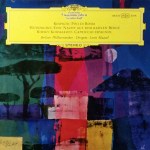
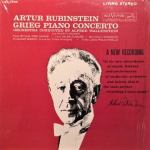
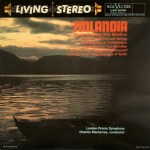 More of the music of Jean Sibelius (1865-1957)
More of the music of Jean Sibelius (1865-1957)
 More Columbia Classical Recordings
More Columbia Classical Recordings




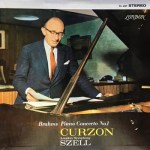
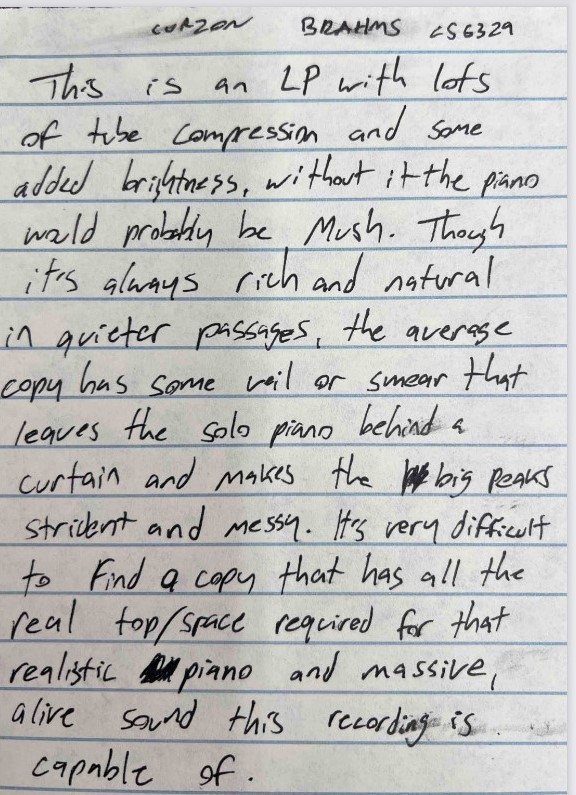
 Hot Stamper Pressings Featuring the Violin
Hot Stamper Pressings Featuring the Violin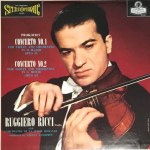 We have to put the records through the ringer, and one of the ringers they must go through is they must sound right at loud levels, because live music gets loud, without getting distorted or congested.
We have to put the records through the ringer, and one of the ringers they must go through is they must sound right at loud levels, because live music gets loud, without getting distorted or congested. More of the music of Alexander Borodin (1833-1887)
More of the music of Alexander Borodin (1833-1887)